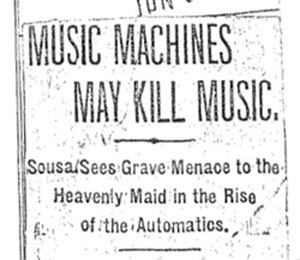Jonathan L. Friedmann, Ph.D.
“There is no time like the present,” “once in a lifetime,” and other such clichés highlight an obvious truth: each moment is unrepeatable. At any point in time, we have the ability to do one thing and one thing alone. Nothing that we do, say, think, or feel can, in the strictest sense, be compared to any other. Regrets about missed opportunities are purely theoretical. Judgments and self-inventories can only be based on actual occurrences, not “what ifs.” Jean-Paul Sartre makes this point in his treatise Existentialism: “There is no genius other than one which is expressed in works of art; the genius of Proust is the sum of Proust’s work; the genius of Racine is his series of tragedies. Outside of that, there is nothing. Why say that Racine could have written another tragedy, when he didn’t write it? A man is involved in life, leaves his impress on it, and outside of that there is nothing.”
The deterministic worldview draws a similar conclusion. All facts in the physical universe—including human history—are inescapably dependent upon and conditioned by their causes. The choices we make, big and small, fit in a chain of cause and effect that yields a single outcome. Meteorologist Edward Lorenz imagined the classic example with his “butterfly effect,” wherein the distant flapping of butterfly wings influences a tornado several weeks later. The resulting chaos theory holds that the universe operates by unpredictable determinism: everything happens in an orderly pattern, but we cannot know with certainty how things will turn out until they actually happen.
Live music gives sonic expression to the unrelenting yet unpredictable uniqueness of each passing moment. In his erudite tome, A Composer’s World: Horizons and Limitations, Paul Hindemith muses on the individuality of each performance. Sound, he contends, is music’s least stable quality: “An individual piece of music, being many times reborn and going through ever renewed circles of resonant life, through repeated performances, dies as many deaths at the end of each of its phoenixlike resurrections: no stability here, but a stumbling progression from performance to performance.” Hindemith connects the frailty of sound to the fleetingness of life itself, suggesting that musical moments are just as unrepeatable as other moments. Like the passage of time, each performance is one of a kind, and each iteration evaporates as soon as it occurs.
The impression of permanence is stronger in recorded music. Listening to recordings is, of course, subject to the same forces as live performances: sounds come and go in accordance with time’s progression. The crucial difference is that the same performance can be heard again, creating a sort of conditional eternality. Rather than living, dying, and resurrecting with each performance, recorded music exists in a perpetual present tense.
This semblance of stability is wholly at variance with life’s ephemeral, deterministic trajectory. Recordings allow us to simulate everlasting moments; life pushes ahead but the music remains the same. This psychological gratification, rooted in a desire to obtain the unobtainable, accounts in part for our attraction to recorded music.
Visit Jonathan’s website to keep up on his latest endeavors, browse his book and article archives, and listen to sample compositions.





